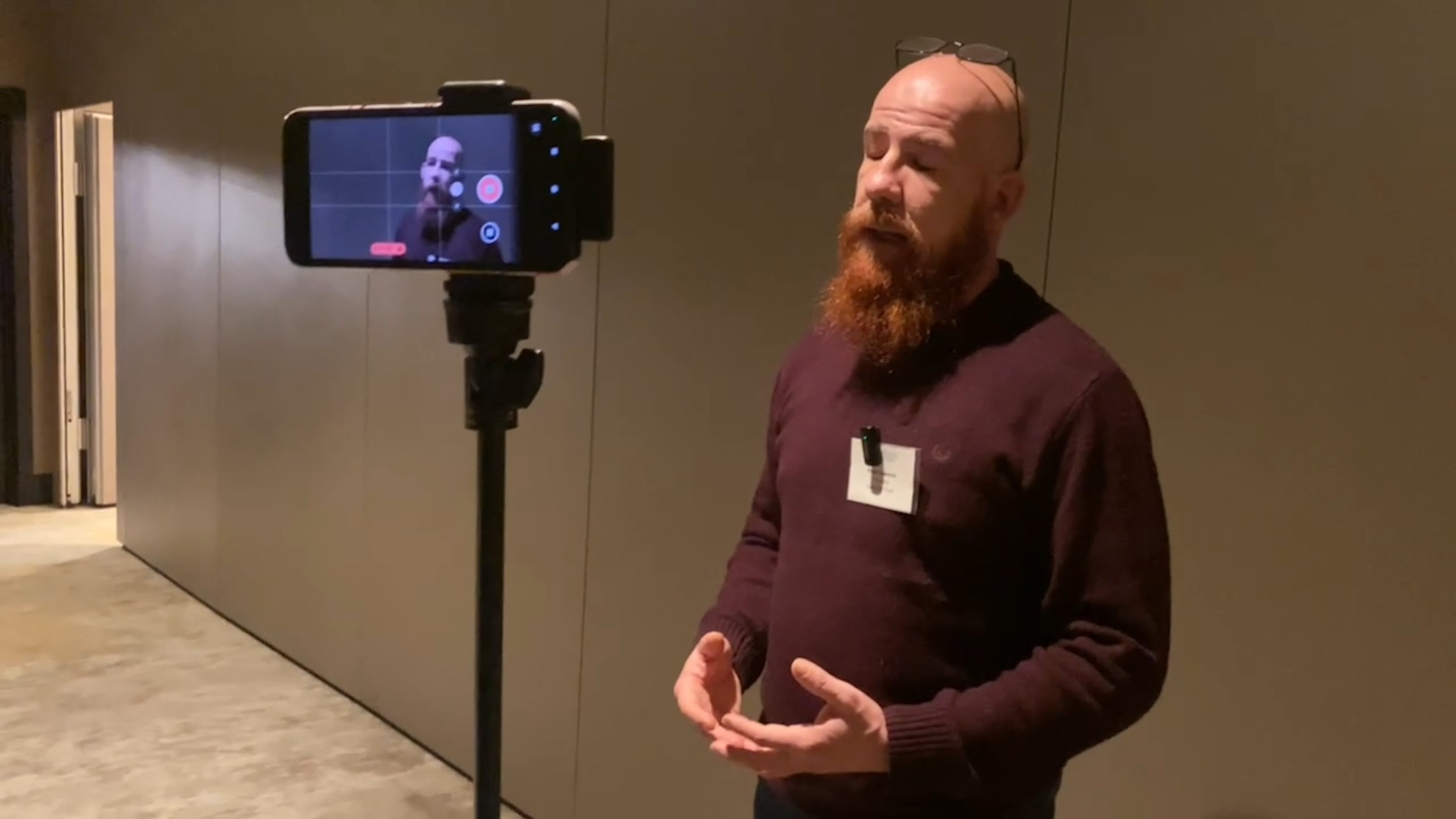The food manufacturing industry has always been a fast paced, pressured place to work. So many of us thrive under that pressure, until we don’t.
While it’s always been intense, recent years have pushed people to their limits. Teams are being squeezed by relentless cost pressures, stripped-down resources, and an expectation to return to pre-pandemic work practices that no longer fit today’s reality.
The signs are everywhere – in my coaching sessions, I’m hearing from more and more leaders who used to love the buzz and challenge of food manufacturing but are now struggling just to get through the week.
We’re losing talented people to burnout, while others are quietly disengaging or walking away entirely from the industry.
For an industry already struggling with staffing shortages and attracting talent, this is a crisis we need to address.
The perfect storm
The pressure to keep prices low is crushing teams at every level. The demand to lower costs means manufacturers are constantly having to absorb the impact – but it’s the people on the ground who really pay the price. Manufacturing leaders find themselves caught in an impossible position: trying to protect their teams while meeting increasingly aggressive commercial targets.
Teams are expected to deliver more with less resource, often lacking basic tools and training. When budgets get tight, training and leadership development are usually the first things cut. This leaves people struggling to handle increasingly complex responsibilities without proper support.
The staffing crisis only compounds these challenges. As positions become harder to fill, the remaining team members shoulder ever-growing workloads. Junior staff miss out on crucial mentoring because their managers are overwhelmed, and many of these managers were thrust into leadership positions without proper training themselves.
During the pandemic, many companies discovered that hybrid working for support functions allowed greater productivity. Now there’s pressure to move back to ‘in person’ but the time and energy to travel isn’t being factored in and the workload is piling up with these inefficiencies.
This creates a particular strain in manufacturing environments. Office staff who benefited from hybrid arrangements are being called back full-time, while production teams who went into overdrive during the pandemic are expected to maintain that same intense pace indefinitely. The constant pivoting and shifting of priorities are wearing people down.
Moving beyond ‘wellbeing washing’
If I hear about one more company trying to solve burnout with free fruit and lunchtime yoga, I might scream.
These initiatives aren’t harmful in themselves – who doesn’t like free fruit? But they become actively damaging when companies use them to tick the ‘wellbeing’ box while avoiding the harder conversations about workload and resources.
It’s not easy because we all know what is needed is more resource and ultimately that costs money, which would need to be passed on ultimately to the consumer, in what is already a tough market and a cost-of-living crisis.
If we can’t get more ‘bums on seats’ then what can we do? We can equip managers with genuine leadership skills so they can properly support their teams under pressure. We can give them the tools and confidence to handle increasing demands. We can teach people at all levels how to communicate effectively – whether that’s pushing back on unrealistic expectations or raising concerns before they become crises.
I know this territory intimately because I’ve lived it. In 2012, I hit rock bottom in a high-pressure commercial role in food manufacturing. The hours were insane, the expectations unrealistic, and I simply didn’t have the tools to cope. Looking back, what I needed wasn’t a meditation app or a gym membership – I needed practical support in pushing back, managing my workload, and handling pressure sustainably.
That experience fundamentally changed my approach to work and ultimately led me to what I do today. Through coaching and targeted training programmes, I help food industry teams develop the concrete skills they need to thrive in high-pressure environments.
The path forward
While we can’t solve the resource challenge overnight, there are practical steps that make a real difference – I’ve seen this first hand in companies that commit to change. Here are some really simple starting points for leaders:
- Make wellbeing part of daily conversations, not just crisis interventions – ask people how they are and actually listen
- Create realistic buffer time in project planning – critical paths never run on time, so don’t kid yourself they will!
- Review meeting cultures and email expectations – are your team overcommunicating, are these mediums time zapping or adding value?
- Build in recovery time after intense periods, don’t expect 120% all the time!
Let’s be honest – workplace stress isn’t going to disappear from food manufacturing. But there’s a massive difference between healthy pressure and unsustainable, chronic stress. Right now, too many companies are operating on the wrong side of that line.
We need to stop treating stress as a personal failing and stigmatising the people who ‘can’t cope’. We need to recognise it as the business issue it truly is. When talented people burn out and leave, when productivity suffers, when quality starts slipping – these aren’t individual problems. They’re systemic issues that demand systemic solutions.
The food manufacturing industry runs on people – skilled, dedicated professionals who keep our food supply chain moving. I have seen way too many people quietly leave the industry due to stress. When we lose these people to burnout or disengagement, we lose their expertise, their knowledge, and their potential to mentor the next generation.
I’ve seen what’s possible when companies get this right. When people feel genuinely supported and equipped to handle challenges, the whole dynamic shifts. Productivity improves, cross functional relationships improve and innovation increases. Problems get solved faster because people aren’t operating in a constant state of overwhelm.
The choice is clear: we can continue with business as usual and watch our best people burn out, or we can build workplaces that support sustainable high performance. The tools and knowledge exist. The question is whether we have the courage to use them.
February 13th 2025 saw our annual Business Leaders’ Forum return for another day of vibrant conversation. Among the topics discussed was mental health and well-being, with delegates sharing personal stories, challenges and improvements we can make in the future.



